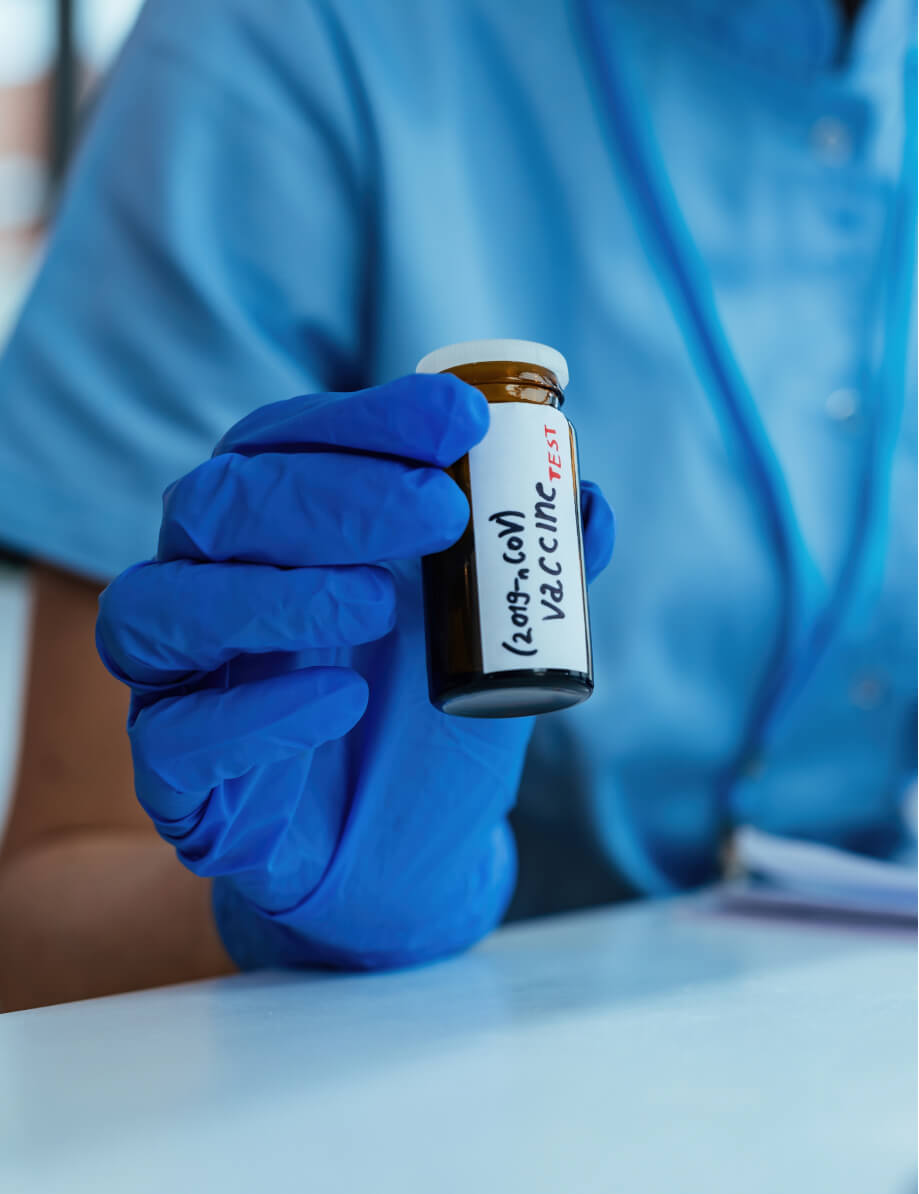
When it comes to medical imaging, two of the most commonly used techniques are X-rays and ultrasound. While both serve the purpose of helping doctors diagnose and treat medical conditions, they use different methods and are suited for different types of health concerns. Understanding the differences between these two imaging techniques can help you make an informed decision about which one is right for you, whether you’re undergoing a routine check-up or seeking treatment for a specific condition.
In this article, we will compare X-rays and ultrasound, explain how each works, their advantages and disadvantages, and guide you on when you might need each type of test.
How X-rays Work
An X-ray is a form of electromagnetic radiation, similar to light but with much higher energy. During an X-ray, a machine sends a controlled beam of X-rays through the body. Dense tissues like bones absorb the X-rays and appear white on the image, while less dense tissues, like muscles and organs, allow more X-rays to pass through and appear darker.
X-rays are primarily used to view bones and joints, but they can also provide images of the chest, abdomen, and teeth, making them essential for diagnosing a variety of conditions.
Advantages of X-rays
- High Detail for Bone and Joint Imaging: X-rays provide excellent detail of bone structures and are commonly used to detect fractures, bone infections, and arthritis.
- Fast and Non-invasive: X-rays are quick, often taking just a few minutes, and are non-invasive, meaning there’s no need for incisions or injections.
- Widely Available: X-ray machines are available in most hospitals and diagnostic centers, making them easy to access.
Disadvantages of X-rays
- Radiation Exposure: X-rays use ionizing radiation, which can be harmful in large doses or with repeated exposure. For this reason, X-rays should be used judiciously, especially during pregnancy or for young children.
- Limited to Dense Tissues: X-rays are best suited for imaging bones and dense tissues but are not ideal for soft tissues like muscles or organs.
How Ultrasound Works
Ultrasound imaging, also known as sonography, uses high-frequency sound waves to create images of the inside of the body. A transducer (a small handheld device) emits sound waves that bounce off tissues and organs. The returning sound waves are then converted into images on a monitor.
Unlike X-rays, ultrasound is particularly effective for imaging soft tissues, making it a valuable tool for examining organs, muscles, and blood vessels.
Advantages of Ultrasound
- No Radiation: Ultrasound is a safe imaging method that does not use ionizing radiation, making it ideal for pregnant women and young children.
- Real-Time Imaging: Ultrasound provides real-time images, which is particularly helpful for monitoring the movement of organs or blood flow. This is why it’s often used during pregnancy to monitor fetal development.
- Non-invasive: Similar to X-rays, ultrasound is a non-invasive procedure, but unlike X-rays, it uses sound waves instead of radiation.
Disadvantages of Ultrasound
- Limited for Dense Tissues: Ultrasound is not effective for imaging dense tissues like bones, which makes it less suitable for detecting fractures or bone diseases.
- Image Quality Can Vary: The quality of the images may depend on factors such as the skill of the technician, the patient’s body type, and the area being examined.
When to Choose an X-ray
X-rays are the imaging technique of choice for conditions that involve bones and joints. You might need an X-ray if:
- Bone Fractures or Breaks: X-rays are crucial for diagnosing fractures, dislocations, or other bone injuries.
- Arthritis: X-rays help assess the condition of joints and the severity of joint damage in conditions like arthritis.
- Chest Conditions: X-rays are commonly used to examine the chest for conditions such as pneumonia, lung cancer, or tuberculosis.
- Dental Concerns: X-rays are often used to assess teeth and detect cavities, infections, or tooth alignment issues.
When to Choose Ultrasound
Ultrasound is often used when imaging soft tissues or monitoring fetal development. It is an excellent choice for:
- Pregnancy Monitoring: Ultrasound is the gold standard for monitoring the health and development of a fetus during pregnancy. It is used to check the baby’s growth, heart rate, and positioning, as well as to detect potential abnormalities.
- Abdominal Concerns: Ultrasound can help detect problems in organs like the liver, kidneys, pancreas, gallbladder, and spleen. It’s also used to identify conditions like kidney stones, liver disease, or gallstones.
- Musculoskeletal Issues: Ultrasound is useful for diagnosing soft tissue injuries such as muscle strains, ligament tears, or tendonitis.
- Blood Flow and Vascular Conditions: Doppler ultrasound is used to monitor blood flow and detect conditions like blood clots, varicose veins, or arterial blockages.
- Heart Conditions: An echocardiogram (a type of ultrasound) is used to assess heart function and detect issues such as valve problems or heart enlargement.
X-ray vs Ultrasound: Key Differences
| Feature | X-ray | Ultrasound |
| Technology Used | Ionizing radiation | High-frequency sound waves |
| Best for | Bones, joints, chest, dental | Soft tissues, organs, blood vessels, pregnancy |
| Radiation Exposure | Yes, involves exposure to radiation | No, no radiation exposure |
| Speed | Very fast (a few minutes) | Quick (15-30 minutes depending on the area) |
| Safety | Generally safe, but not recommended for pregnant women unless necessary | Very safe, ideal for pregnant women and children |
| Cost | Generally less expensive | May be slightly more expensive, especially for specialized types |
| Resolution | Excellent for bone detail, but limited for soft tissues | Good for soft tissues, but not ideal for bones |
Conclusion: Which One Is Right for You?
Both X-rays and ultrasound have distinct advantages, and the choice between the two depends on the health issue being evaluated. Here’s a quick recap to help you decide:
- Choose X-ray if you need to examine bones, joints, or the chest for conditions such as fractures, arthritis, or lung diseases.
- Choose ultrasound if you’re looking to monitor pregnancy, examine soft tissues like organs and muscles, or assess blood flow and vascular conditions.
At our diagnostic center, we offer both X-ray and ultrasound services with advanced technology and experienced technicians to ensure accurate and timely results. If you’re unsure which imaging test is right for you, our healthcare professionals can guide you based on your symptoms and medical history.Schedule your appointment today and take the first step toward understanding and improving your health!









